Market Trends and Projections
The Global Quenching Oil Market Industry is poised for growth, with projections indicating a market value of 6.57 USD Billion in 2024 and an anticipated increase to 8.75 USD Billion by 2035. The compound annual growth rate is estimated at 2.64% from 2025 to 2035, reflecting a steady demand for quenching oils across various industries. This upward trend suggests a growing recognition of the importance of quenching oils in enhancing the performance and durability of metal components, thereby solidifying their role in modern manufacturing processes.
Growth of the Automotive Sector
The automotive sector plays a pivotal role in driving the Global Quenching Oil Market Industry. As the demand for high-performance vehicles continues to rise, manufacturers are increasingly adopting advanced heat treatment processes that require effective quenching oils. This trend is particularly evident in the production of components such as gears and shafts, where enhanced mechanical properties are essential. The automotive industry's growth is projected to contribute significantly to the market, with a compound annual growth rate of 2.64% expected from 2025 to 2035. This sustained growth underscores the importance of quenching oils in meeting the evolving demands of the automotive sector.
Expansion of Manufacturing Activities
The expansion of manufacturing activities across various regions is a key driver of the Global Quenching Oil Market Industry. Emerging economies are witnessing a surge in industrialization, leading to increased production capacities and the need for efficient heat treatment processes. This growth is particularly pronounced in Asia-Pacific and Latin America, where investments in manufacturing infrastructure are on the rise. As manufacturers seek to enhance product quality and performance, the demand for quenching oils is expected to grow correspondingly. This trend indicates a robust market outlook, with the potential for significant growth in the coming years.
Rising Demand for Heat Treatment Processes
The Global Quenching Oil Market Industry experiences a notable increase in demand driven by the expanding applications of heat treatment processes across various sectors. Industries such as automotive, aerospace, and manufacturing utilize quenching oils for hardening metals, enhancing their durability and performance. This trend is expected to contribute to the market's growth, with projections indicating a market value of 6.57 USD Billion in 2024. The need for high-performance materials in these industries further propels the demand for effective quenching solutions, thereby reinforcing the significance of quenching oils in modern manufacturing.
Technological Advancements in Quenching Oils
Innovations in quenching oil formulations are transforming the Global Quenching Oil Market Industry. Manufacturers are increasingly focusing on developing synthetic and bio-based quenching oils that offer superior cooling rates and reduced environmental impact. These advancements not only improve the efficiency of the quenching process but also align with global sustainability initiatives. As a result, the market is likely to witness a shift towards these advanced formulations, which could enhance the overall performance of heat treatment processes. The anticipated growth in this segment is expected to support the market's expansion, with a projected value of 8.75 USD Billion by 2035.
Regulatory Compliance and Environmental Standards
The Global Quenching Oil Market Industry is influenced by stringent regulatory compliance and environmental standards. Governments worldwide are implementing regulations aimed at reducing the environmental impact of industrial processes, including the use of quenching oils. This has led to a shift towards environmentally friendly formulations, such as bio-based quenching oils, which comply with these regulations. As industries adapt to these standards, the demand for compliant quenching oils is likely to increase, driving market growth. This trend reflects a broader commitment to sustainability within the manufacturing sector, further emphasizing the role of quenching oils in achieving these objectives.


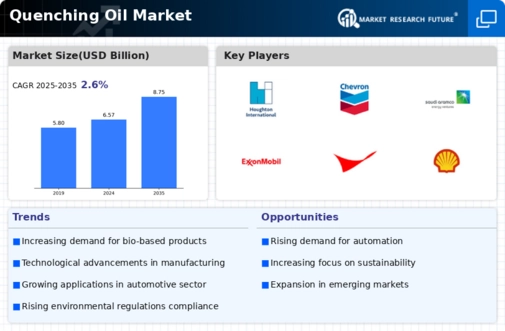
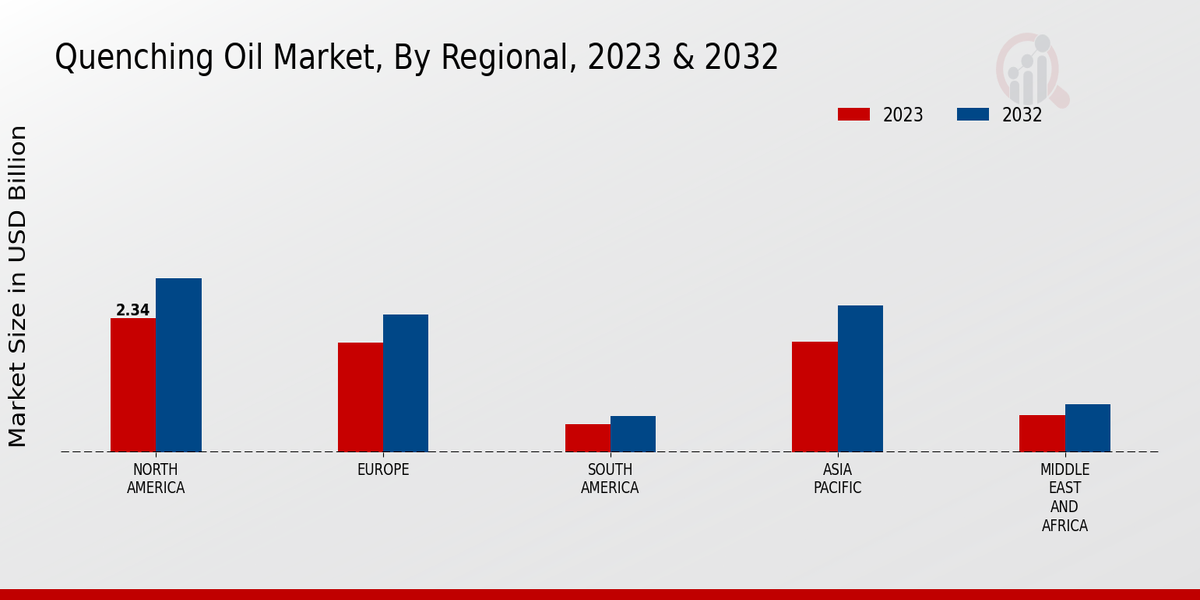

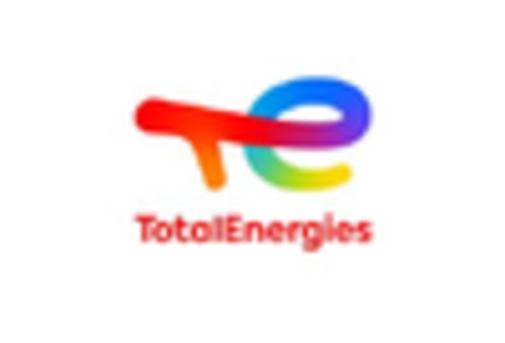




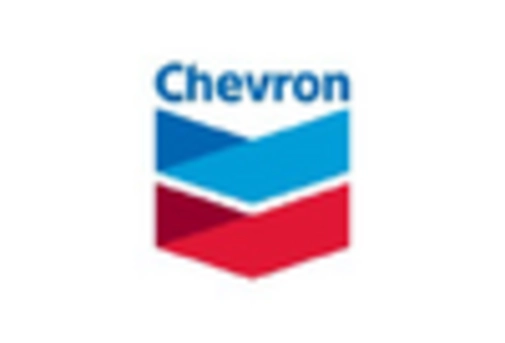

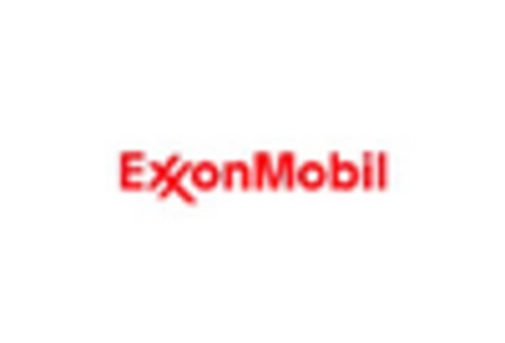

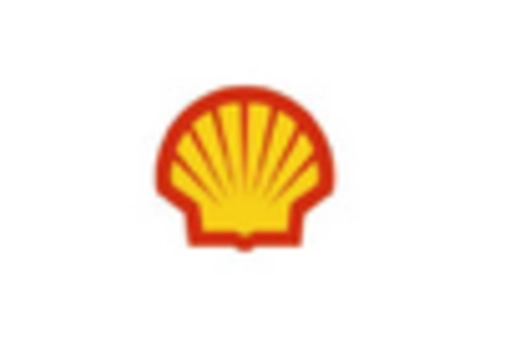











Leave a Comment